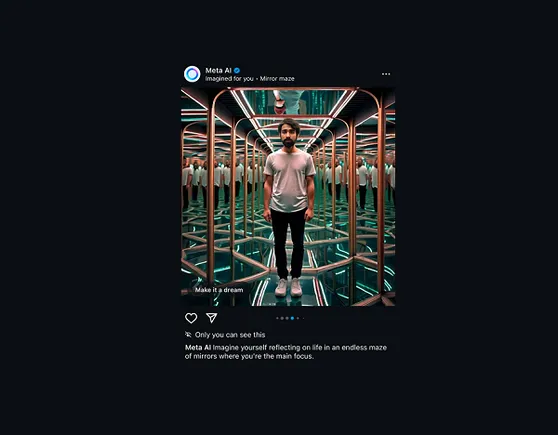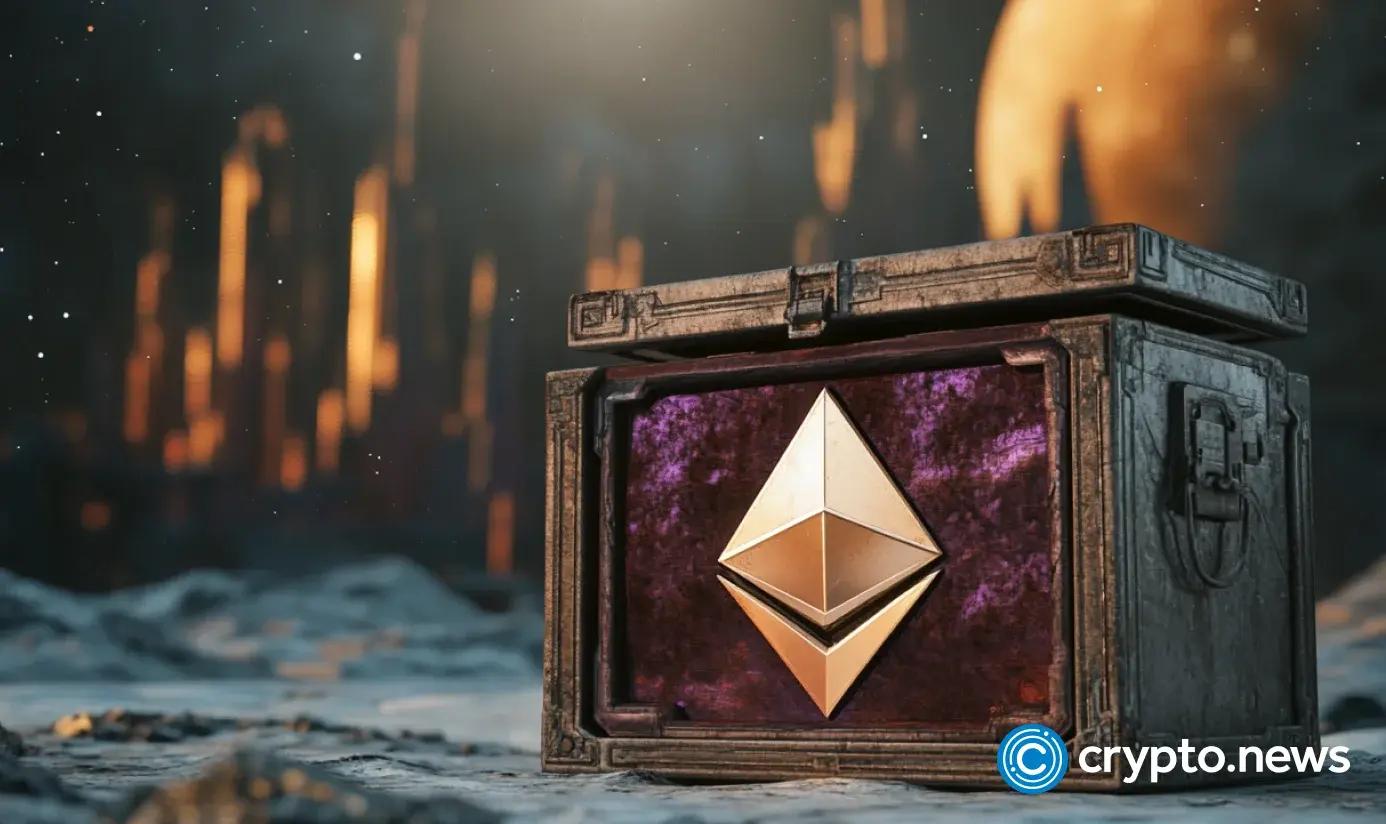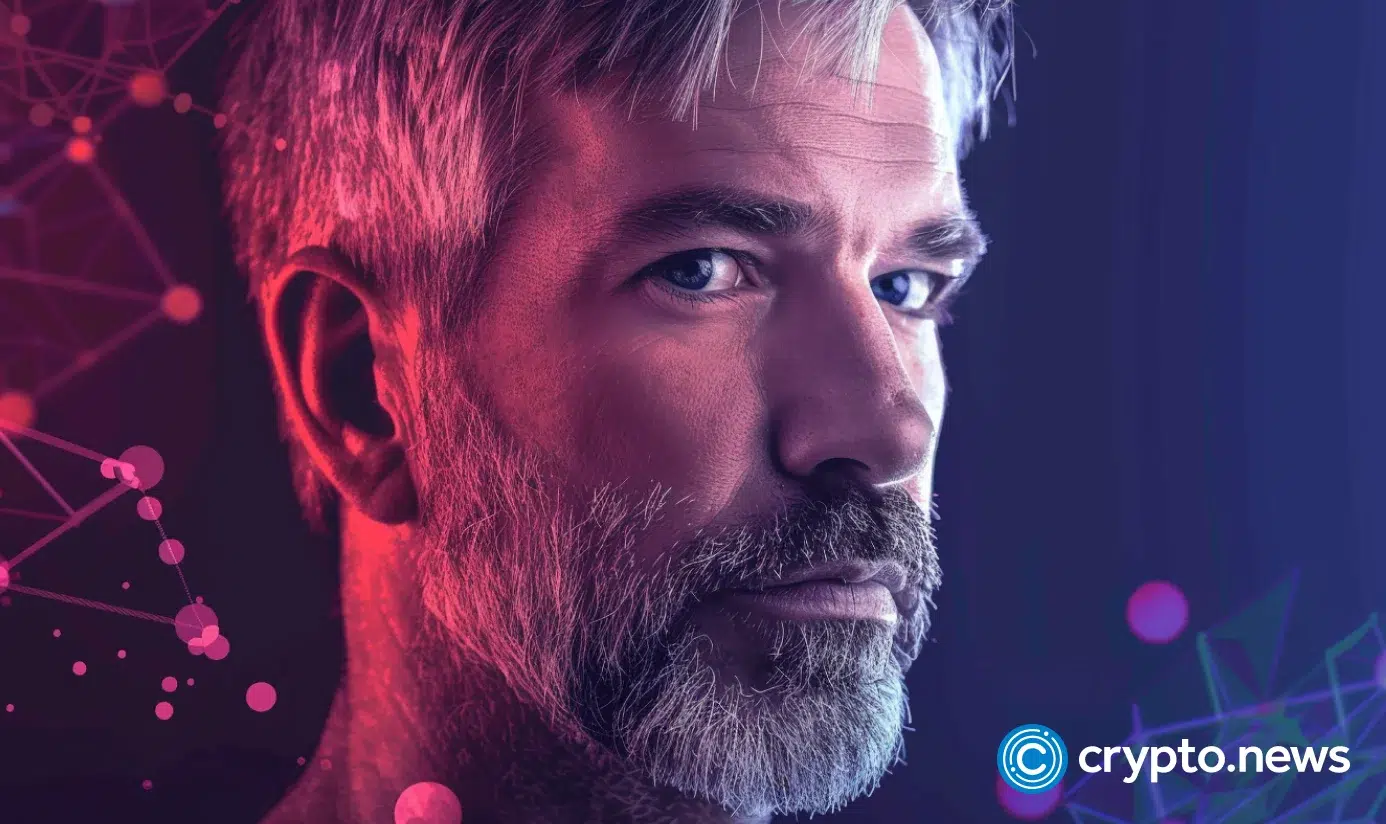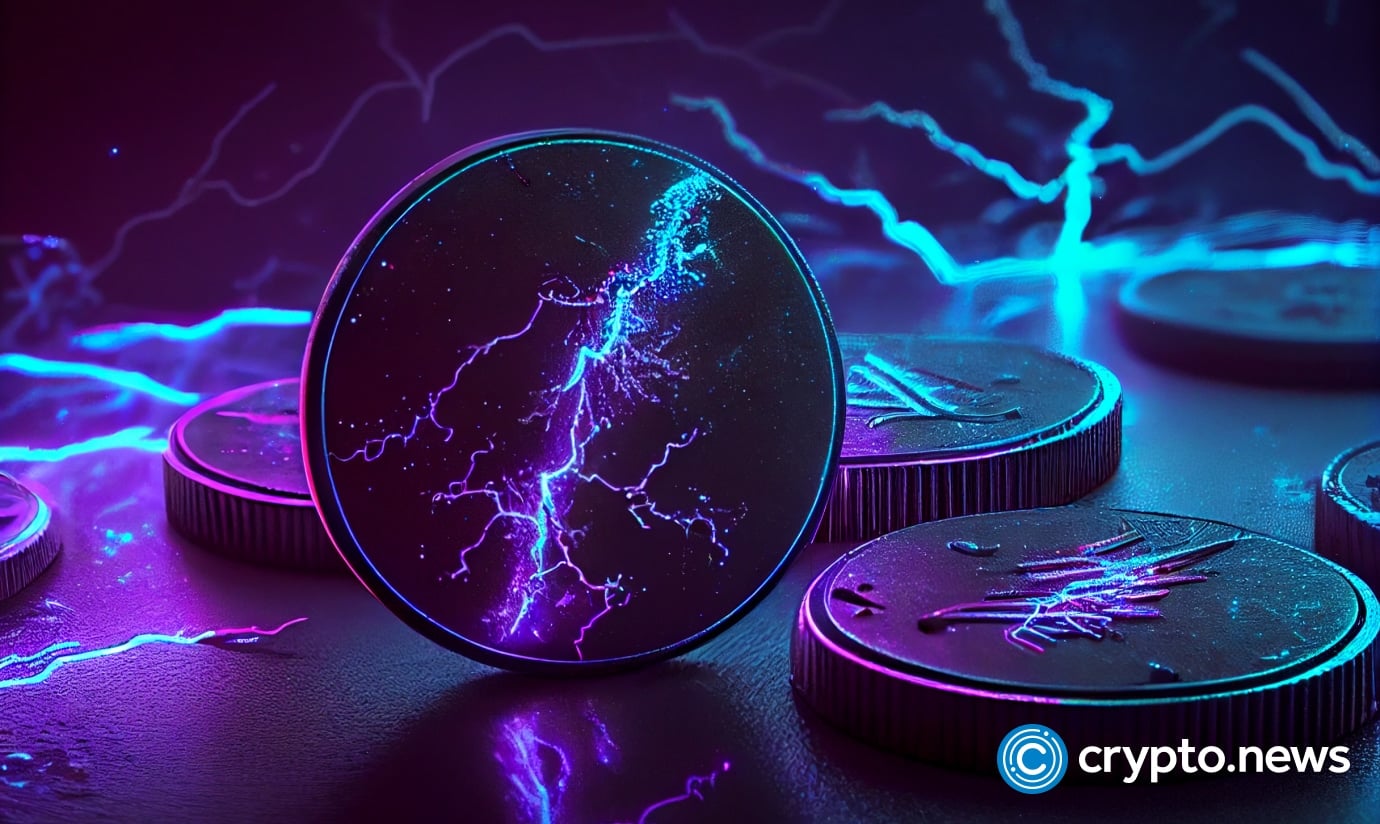Chanel’s Marketing Campaigns and Strategies: What Works and What Doesn’t?
Chanel’s marketing exists in its own time zone, and only a few brands are able to do so. While much of the fashion world accelerates toward immediacy like viral moments, influencer deals, and algorithm-driven creativity, Chanel keeps its distance. ...
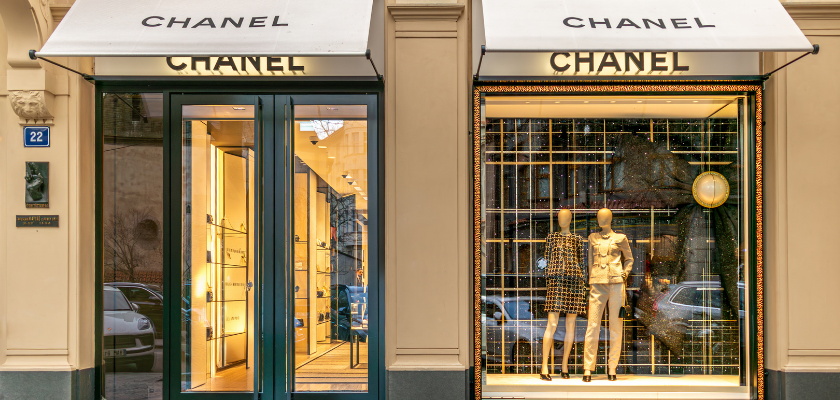
Chanel’s marketing exists in its own time zone, and only a few brands are able to do so.
While much of the fashion world accelerates toward immediacy like viral moments, influencer deals, and algorithm-driven creativity, Chanel keeps its distance.
The pace is slower. The language, quieter.
Yet the impact is lasting.
Chanel’s marketing campaigns are built like narratives. Films replace slogans while identity takes precedence over performance.
Chanel’s entire marketing and advertising strategy actually hinges on consistency, not visibility, which is more aligned with cultural institutions than consumer brands.
Chanel by the Numbers: Sneak Peek from the Blog
25–45: Core age range of Chanel’s target audience—high-income women living in global fashion capitals.$19.7 billion: Chanel’s reported global revenue in 2023, marking a 16% year-over-year increase.
30 minutes: Length of The Tale of a Fairy, one of Chanel’s most cinematic campaigns—more film than ad.
8.6+ million views: Inside Chanel – Coco chapter on YouTube, showing the lasting appeal of heritage storytelling.
0: Number of TikTok posts on Chanel’s official fashion account—an intentional move to preserve brand exclusivity.
What You’ll Learn?
Target Audience Analysis of Chanel Chanel’s Branding Strategy Chanel’s Marketing Mix SWOT Analysis of Chanel Chanel’s Marketing Strategies Chanel’s No. 1: Advertising Social Media Strategy of Chanel Chanel’s Digital Marketing StrategyTarget Audience Analysis of Chanel
Chanel targets high-income, style-conscious women who value elegance, heritage, and quality. Most are between 25 and 45, living in major cities like Paris, New York, London, and Tokyo. They’re not trend-chasers instead, they prefer pieces that are timeless, refined, and discreetly luxurious, and they achieve this by working with the best of the best fashion marketing agencies.
💁♀️Age range: 25–45
📍Location: global, urban, fashion-forward hubs
🪞Style: classic with a modern edge
🌟Priorities: quality, exclusivity, legacy
Chanel’s appeal crosses borders without needing cultural adjustments. Its brand story—rooted in Coco Chanel’s legacy—resonates globally as a symbol of freedom and sophistication.
Millennials make up a large share of this audience. Many discover the brand through its beauty products or entry-level accessories before moving on to fashion. Chanel’s selective use of social media and influencers helps build that connection, without diluting the brand’s exclusivity.
Consumer expectations are evolving, and today’s luxury buyers want transparency and accountability. Chanel is gradually addressing this by introducing more sustainable packaging and materials, especially in its beauty and skincare lines.
While the Chanel customer base is loyal, it’s also changing. The brand faces the ongoing challenge of preserving its core identity while responding to shifting values and new generations of consumers. Efforts toward sustainability and social inclusion, such as featuring an openly transgender model, signal a willingness to adapt.
However, when it comes to connecting with Gen Z audiences, particularly through advertising, the brand still appears cautious. Its campaigns continue to emphasize legacy and elegance, but often stop short of engaging directly with the cultural and social issues that resonate most with younger consumers.
Chanel’s Branding Strategy
The foundation of the brand is Coco Chanel’s original vision:
Effortless elegance Freedom through simplicity A modern approach to femininityThat legacy has shaped every aspect of how Chanel presents itself today. A study on brand loyalty during economic uncertainty found that Chanel’s consistent brand identity, which is mainly about visual storytelling and a strong emotional connection with customers, helped it maintain high loyalty scores—even during downturns.
What makes Chanel stand out is how carefully it controls its image. The brand never over-communicates.
It rarely discounts, and doesn’t overextend into every product category. Everything, from boutique design to product packaging to campaign tone, is deliberate and aligned. With this tight control, Chanel creates a sense of exclusivity and trust that very few brands can replicate.
According to a 2024 paper on strategic brand management, Chanel achieves brand loyalty by reinforcing its identity through strong visual codes (like the interlocking Cs, tweed, and black-and-white palette), consistency in product quality, and emotional storytelling—especially in fragrance and fashion campaigns.
Chanel also maintains brand prestige through limited distribution and careful positioning. The brand refuses to fully enter into e-commerce, as the boutique experience is a significant part of the product and the brand. It creates a sense of intimacy and ceremony that can’t be recreated online.
Chanel’s Marketing Mix
| Product | – Haute couture, ready-to-wear, handbags, fragrances, makeup, jewelry, watches – Emphasis on timeless design, exclusivity, and craftsmanship |
| Price | – Premium pricing model- Reflects brand prestige, product quality, and scarcity – Iconic items like Chanel No. 5 and Classic Flap Bag priced at the high end |
| Place | – Sold through exclusive Chanel boutiques in luxury retail zones – Select availability in high-end department stores- Limited e-commerce |
| Promotion | – High-production campaigns in elite magazines and online platforms – Collaborations with celebrities and fashion icons- Runway shows and exclusive brand events |
SWOT Analysis of Chanel
Chanel’s market position is the result of decades of careful brand building, product consistency, and tightly controlled growth. A 2024 conference paper presented at SHS Conferences offers a detailed breakdown of the brand’s strengths, weaknesses, opportunities, and threats, which we’ve built upon and expanded with current market insights.
Strengths
Chanel’s strongest asset is its brand legacy. Built on Coco Chanel’s vision of elegance and independence, it continues to hold global recognition. The brand’s in-house production and focus on craftsmanship ensure consistently high product quality. Its boutique-only distribution model helps preserve exclusivity and creates a controlled, premium customer experience.
Iconic global reputation Meticulous craftsmanship and design consistency Exclusivity through selective retailWeaknesses
While Chanel’s traditional model supports its luxury image, it also presents challenges. The brand has been cautious with e-commerce, especially for fashion, which limits reach in a digitally driven market.
Frequent price increases on core items, like the Classic Flap bag, have drawn criticism even from loyal customers. Its dependence on physical retail also limits flexibility during economic or logistical disruptions.
Limited online accessibility for core fashion lines Price sensitivity and brand affordability concerns Heavy reliance on in-store experiencesOpportunities
There’s strong growth potential in markets like the U.S. and China, where Chanel has been expanding its presence. But beyond geography, the brand’s most significant opportunities lie in aligning more visibly with the values shaping today’s luxury consumer.
There is growing demand for luxury brands to take clear stances on sustainability, inclusivity, and social justice. Chanel has made progress—introducing more eco-conscious packaging and working with openly transgender talent—but these efforts remain relatively discreet. Younger consumers, particularly Gen Z, expect brands to engage more directly with issues such as LGBTQI+ rights, anti-racism, gender equality, and ethical sourcing.
Growth in underpenetrated luxury markets (e.g., U.S., China) Increased consumer demand for sustainability in fashion and beauty Broader representation across race, gender identity, and body types Active support for LGBTQI+ inclusion and anti-racism initiatives Purpose-driven storytelling through selective, brand-aligned digital contentThreats
The luxury fashion market is highly competitive, with brands like Louis Vuitton and Gucci moving faster on digital fronts and targeting younger demographics more aggressively. Counterfeiting remains a major issue, especially with iconic Chanel products being frequently replicated. And like all high-end brands, Chanel is vulnerable to global economic shifts that impact discretionary spending.
Increased competition from agile luxury brands Widespread counterfeiting of signature products Sensitivity to global economic downturnsChanel’s Marketing Strategies
Chanel takes a different approach to marketing campaigns.
While most brands move fast and follow trends, Chanel focuses on long-term image and carefully crafted storytelling. Its campaigns—similar in style to those created by leading luxury marketing agencies—prioritize elegance, consistency, and emotion over quick wins. The result is a brand that stays relevant without ever chasing relevance.
Chanel’s No. 1: Advertising
Chanel’s advertising strategy is deeply embedded in storytelling that underscores its rich heritage and timeless elegance. The brand’s advertising campaigns often feature cinematic narratives that evoke emotional connections with the audience.
The One That I Want
In 2014, Chanel released a short film titled “The One That I Want”, directed by Baz Luhrmann and starring Gisele Bündchen.
The film portrays a modern woman balancing her career, motherhood, and love, encapsulating the essence of the contemporary Chanel woman.
The narrative is set against a reimagined version of the song “You’re the One That I Want,” adding a nostalgic yet fresh touch to the campaign.
The Tale of a Fairy
Before anything else, this ad is more cinematic than advertising.
Directed by Karl Lagerfeld, The Tale of a Fairy is far from a typical fashion film.
It’s slow, surreal, and set in a lavish French Riviera mansion—but what really stands out is the tone. The 30-minute story blends fantasy, emotion, and quiet drama, while effortlessly weaving in the Cruise 2011/12 collection.
However, there’s no product focus, no sales pitch. The film creates a world—rich, detached, and unapologetically Chanel.
Bleu de Chanel
The latest Bleu de Chanel film, released in May 2024, is directed by Martin Scorsese and stars Timothée Chalamet. This fragrance ad is a cinematic portrait of a man navigating the tension between fame and authenticity.
Chalamet plays an actor caught between public image and personal truth. The film explores identity, pressure, and the desire to stay grounded. Visually sharp and emotionally restrained, it feels more like a scene from an art film than a campaign.
Inside Chanel
The Inside Chanel series is one of the brand’s most powerful digital storytelling tools. Made up of short, stylized films, the series traces the history of the House, its founder, and its most iconic creations.
One of the most memorable chapters, Coco – Inside Chanel, revisits her journey from a young orphan in 19th-century France to a visionary who redefined the female silhouette. The film highlights not only her relationship with Boy Capel, but also the bold decisions that led her to challenge—and change—the fashion codes of her time.
Social Media Strategy of Chanel
Most luxury brands today embrace fast, trend-heavy content, especially on platforms like TikTok. Chanel does the opposite.
Their Instagram feed is polished and consistent, built around professional shoots, clean visuals, and strict brand aesthetics, so there’s no casual content, no memes, no trend-chasing.

Chanel’s decision to stay off TikTok also stands out.
While brands like Dior and Gucci use the platform to reach younger audiences, Chanel keeps its distance. It’s a bold move, but in line with the brand’s values: exclusivity, control, and timeless elegance.
The same approach is visible on YouTube. Chanel uses the platform not for reach, but for brand storytelling.
Short films and campaign visuals all follow the same curated, high-production aesthetic. One standout example is “In the Library with Marion Cotillard – CHANEL and Literature”.
The video, filmed in French with English subtitles, features actress and Chanel ambassador Marion Cotillard reflecting on the books that shaped her and the emotions reading evokes.
The brand’s main social accounts often stick to French, even when addressing a global audience. It’s a subtle but clear choice: Chanel protects its cultural identity instead of adjusting for mass appeal.
Chanel’s Digital Marketing Strategy
Chanel is not competing for clicks as it does not need to.
The company’s decision to remain absent from common digital advertising channels is not a gap in strategy but a reflection of its long-standing positioning. Chanel maintains its visibility through brand equity, not through paid reach.
Its name carries weight across generations and markets, rendering traditional performance marketing unnecessary.
That said, Chanel’s website is fully functional and globally accessible. It offers a curated, product-focused experience marked by minimalism and clarity.

The layout is clean, and the user experience is straightforward. This quiet approach stands in contrast to many of its peers, who often use digital tools to amplify visibility or introduce seasonal trends.
What We Learned from Chanel’s Marketing Strategy?
In the end, Chanel shows that a brand doesn’t need to be loud to be remembered.
Chanel proves that restraint is a strategy. Avoiding TikTok, skipping SEO, and resisting trend-driven content hasn’t weakened the brand—it’s amplified its distinctiveness.Narrative is Chanel’s strongest asset. Whether through short films, the Inside Chanel series, or its visual identity, the brand turns marketing into storytelling, and storytelling into cultural capital.
Exclusivity is not just about price—it’s about pacing. By slowing down the way it communicates and keeping control over how and where it appears, Chanel maintains an image of scarcity and timelessness in an otherwise saturated market.
Digital presence doesn’t have to mean digital noise. Its minimalist website, limited e-commerce, and polished social media show that a luxury brand can thrive without shouting.

 Hollif
Hollif 








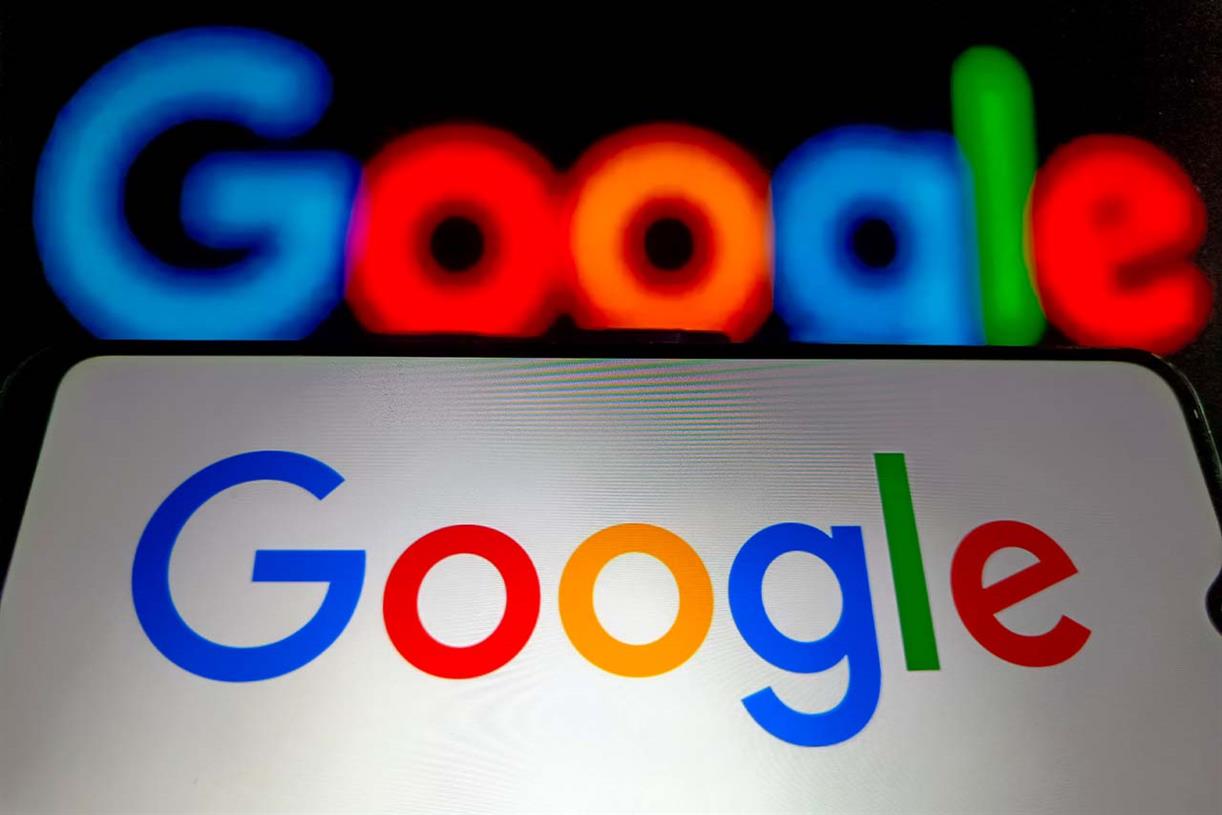
![22 Instagram Post Ideas for More Likes, Comments, Shares and Saves [Infographic]](https://imgproxy.divecdn.com/m3UT9NO3PZydi-0weidZtsT2HEj-NnbbHIMrL_4F1m8/g:ce/rs:fit:770:435/Z3M6Ly9kaXZlc2l0ZS1zdG9yYWdlL2RpdmVpbWFnZS9pZ19wb3N0X3RpcHMyLnBuZw==.webp)

